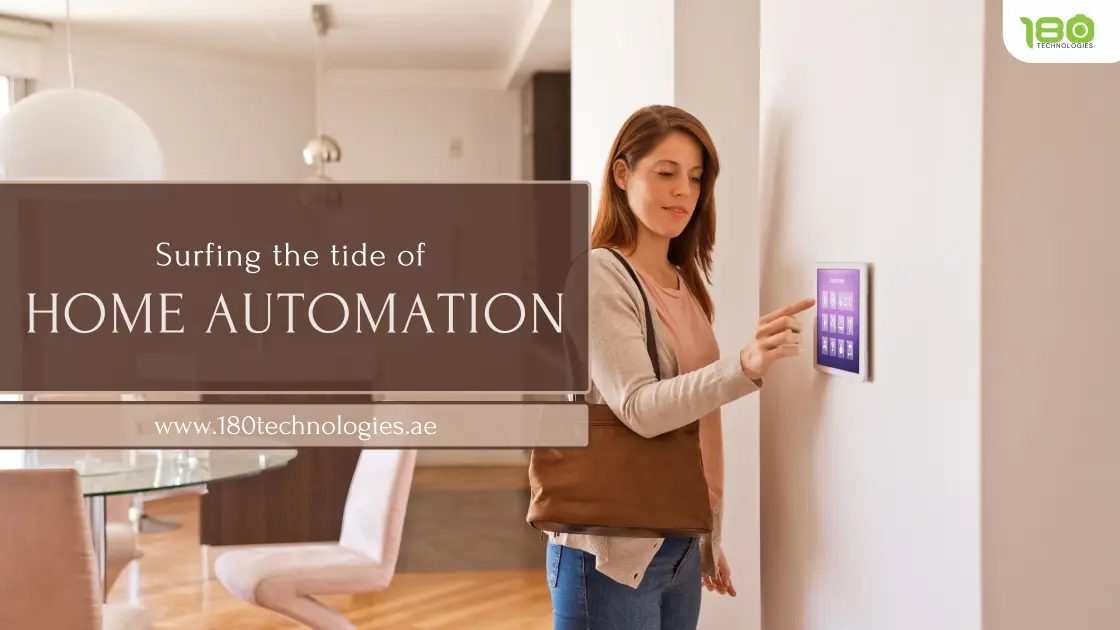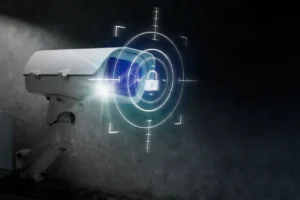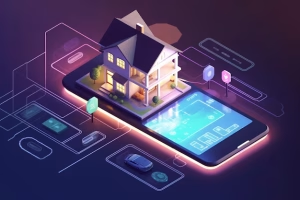Imagine yourself on the metro, checking your notes on your route to a crucial meeting, when the terrible question pops into your head: “Did I turn off the stovetop?” Perhaps you’d go to your meeting anyhow, preoccupied by a nagging dread. Or perhaps you couldn’t help yourself and rushed home to check, only to discover you had accidentally switched off the stovetop. You did, of course. Here is the riding wave of home automation.
Or, if you’re one of the many people who have jumped on the smart home automation bandwagon, you could simply check an app on your phone to see if you’d left your house safe and sound. And you could even be able to operate the stove top remotely via an app.
It’s easy to understand the utility of the increasingly popular smart-home devices in this situation. Then one of the most appealing parts of the smart home is the ability to control various components of our home remotely. By definition, home automation places control in the hands of the homeowner, whether at home or away.
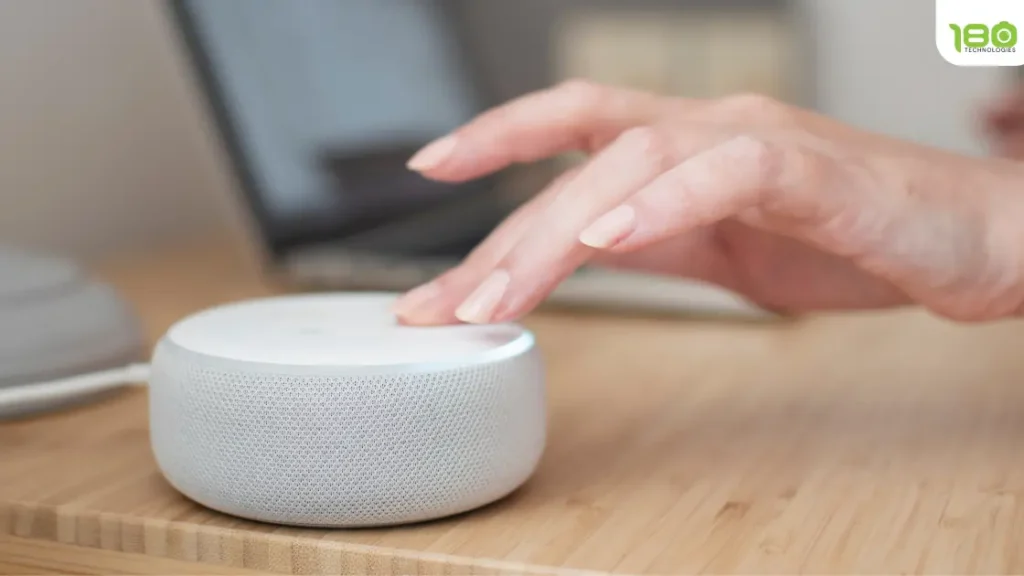
How common?
The Mount Royal home of Ghassan Cordahi and his family is home to a local home automation project. From the self-defrosting driveway to the remote-control shades throughout, the property has many of the bells and whistles that smart-home living has to offer.
He goes on to demonstrate the remote control of a massive dual-sided gas fireplace that heats the dining room as well as a seating space on the opposite side, saying, “Everything is controllable through an app, be it on an iOS or Android.” And in the living room, it is simple to operate the television using the home automation remote.
Explore The Intricacies Of Home Automation: Understanding New Technologies
Then in the basement, where the “piece de resistance” awaits: a fully automated, high-tech home theatre room with a gigantic screen that spans the whole wall. Another long sectional couch faces the screen, large enough for the whole family to watch TV. Then quality of the sound coming from behind the screen and surrounding walls might just be the next best thing to being there.
Where do we go from here?
Smart-home technology is here to stay, and it will only get more popular as time goes on. And there is a two-tower apartment and townhouse project in the heart of downtown Montreal. The construction of one tower is nearing completion, while the construction of the other is beginning. But all units feature integrated smart-home technology.
The window is custom-fitted with automated shades that can be opened or closed at the tap of an icon, either on the control pad mounted on the wall or with an app on the homeowner’s phone.
Some individuals are more concerned with safety, such as remotely monitoring their homes. And then some think of efficiency and saving time.
How a smart home system can save a homeowner money on energy art thermostats that can adjust the temperature depending on whether or not people are there? It can be configured to switch off or on as a room is occupied or empty, so regulating lighting usage.
Baby Steps: Smart devices for every home automation
Perhaps you don’t want to go all out with fully integrated home automation in the smart home.
Perhaps it’s all too much at once, or you don’t have the option of installing such a system since you live in a rental unit.
There is no need to be concerned. This is a list of a few smart devices that may be utilized in any home without requiring extensive installation.
Echo Dot and Alexa Echo
Price range $70-$135. Courtesy of Amazon’s intelligent personal assistant service Alexa, these little devices can do many things from playing music to giving you news or weather updates, ordering paper towels.
Google Home
Price range: $80-$180. Courtesy of the Google Assistant, this device is growing in popularity and is cutting into the market share of Amazon’s popular Echo Dot and Alexa Echo. It is designed to work with a wide variety of wifi- or Bluetooth-enabled smart devices for your home.
Insteon Smart Plug
Price range $60-$70. Allows you to control lamps and appliances with voice (using Alexa or Google Home) or smartphone or even programmed schedules.
Dome Home Security Siren and Chime
Price range $50-$60. Once connected to a compatible hub, this home security feature triggers sirens to alert you to intruders on your property, or when a door is ajar or a window is open.
Nest Learning Thermostat
The price range is $300 to $325. When it detects your approach, it illuminates and displays the time and temperature without your needing to ask. It can also learn your routine and change the temperature accordingly. For voice control, use Alexa or Google Home, or use an app on your phone. Simple to set up.
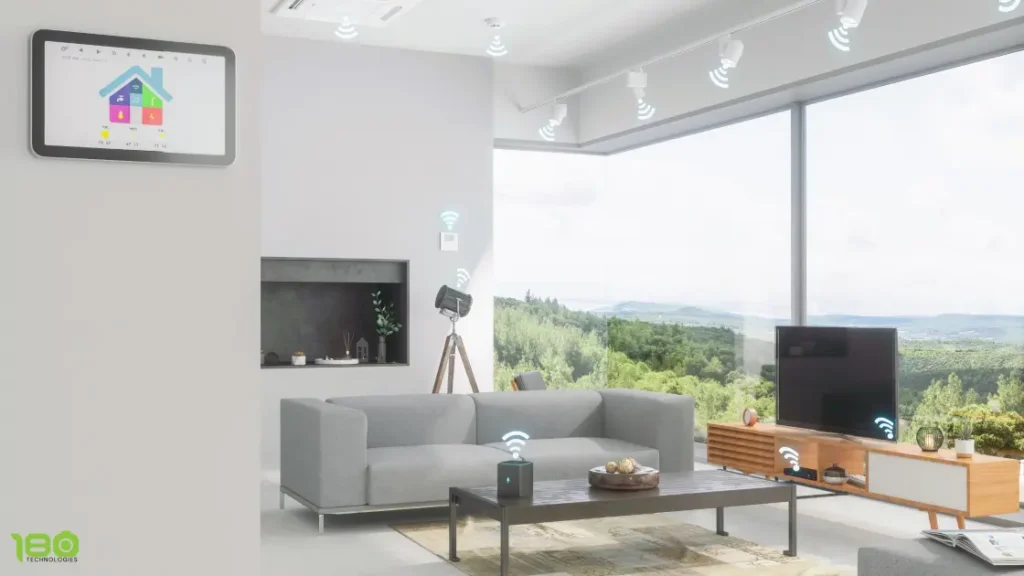
Wink Hub 2
The price ranges from $130 to $150. Your smart devices will be able to communicate with one another as a result of this. It uses your phone’s Wink app to control your door locks, monitor your home, and set lights to switch on and off automatically. Works with Alexa and Google Home as well.
Samsung Smart Things Hub
Price range $110-$120. Uses the SmartThings App, Amazon Alexa, or Google Home to control smart devices in your home.
The Clapper
The price range is $50.-$55. Yes, if this is more your speed, you can still get The Clapper sound-activated on/off switch, initially released in 1985. But now, it can be used alongside a second clapper to control multiple devices.
If you’re interested in trying some of these or other smart devices for your home by home automation but are still a bit intimidated, consider trying a service from 180technologies that connects consumers to local technicians to assist when the technology gets a bit overwhelming.

